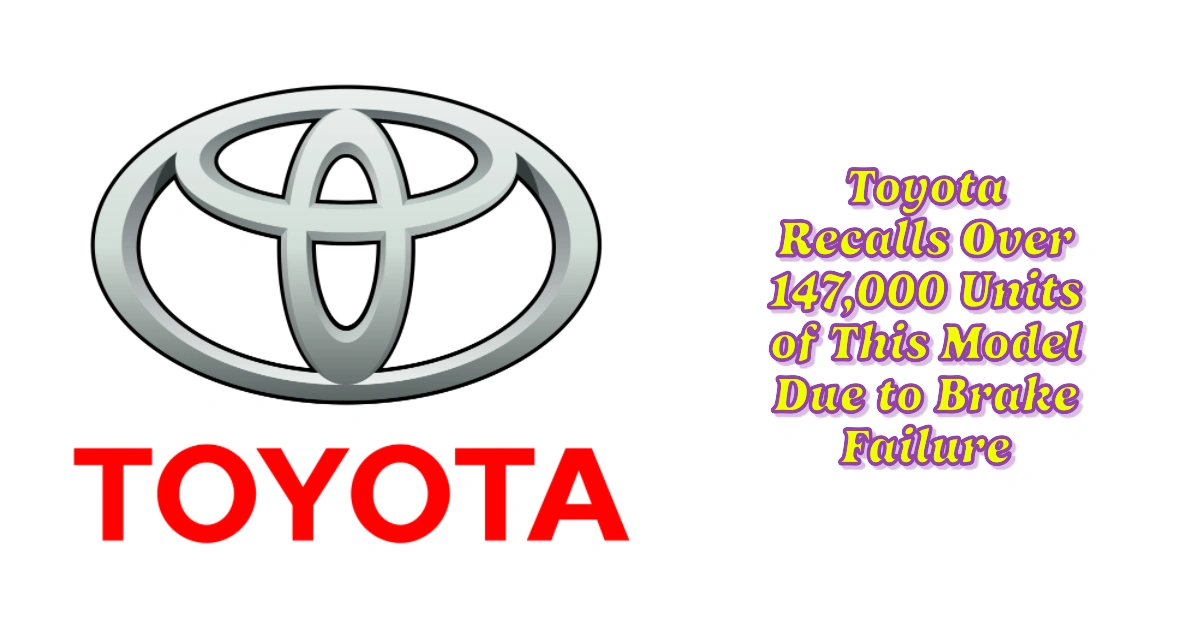Employment Insurance (EI) is a vital financial support system for Canadians facing unemployment or unable to work due to specific circumstances. This article provides an overview of how the EI program works, including the 2024 payment schedule, maximum benefits, and common causes for delayed payments.
Table of Contents
Canada EI Payment Dates 2024
Employment Insurance (EI) is a government program administered by Service Canada that provides financial support to eligible individuals who are temporarily unemployed through no fault of their own. It also assists those unable to work due to illness, pregnancy, or child care.


Key Eligibility Criteria
To qualify for EI benefits, you must meet certain criteria:
- Lost your job through no fault of your own (e.g., layoffs or company closure).
- Worked a minimum number of insurable hours in the past year.
- Actively seeking work if applying for regular benefits.
Types of EI Benefits
There are several types of EI benefits depending on your circumstances:
- Regular Benefits: For those who lose their job through no fault.
- Sickness Benefits: For individuals unable to work due to illness or injury.
- Maternity and Parental Benefits: Available for parents caring for a newborn or newly adopted child.
- Caregiving Benefits: For individuals caring for a critically ill or injured family member.
- Fishing Benefits: For self-employed fishers affected by industry conditions.
Payment Dates
EI payments are issued every two weeks, with specific dates varying by claim registration.
You can request a change to your payment date by contacting Service Canada.
Maximum EI Payment for 2024
As of January 1, 2024, the maximum insurable earnings are $61,500, resulting in a maximum weekly benefit of $668.
How Are EI Payments Calculated?
EI benefits are calculated at 55% of your average insurable weekly earnings, with a maximum weekly payment of $668. The duration of benefits can range from 14 to 45 weeks, depending on the unemployment rate in your area and the total number of insurable hours worked.
EI for Self-Employed Workers
Self-employed individuals can qualify for EI benefits if they voluntarily register and pay premiums. Benefits available to them include maternity, parental, sickness, and caregiving benefits, similar to those for salaried employees.
CPP & EI Maximum 2024 Contributions,Rates & Limits
EI Payment Dates 2024: Maximum Return, Report & Delays
Employment Insurance (EI) Claims Surge Across Canada – Ontario on Top
Maximize Your EI Payments in 2024: Employment Insurance Rates & Eligibility Explained
Common Reasons for Delayed EI Payments
Delays in receiving EI payments can be caused by:
- Eligibility Verification Issues: Additional time may be needed to verify your eligibility.
- Incomplete Documentation: Missing or incomplete information can hinder payment processing.
- Banking Errors: Incorrect bank account details may delay direct deposit.
- Incorrect Contact Information: Missing communications can lead to payment delays.
- Postal Delays: Cheque payments may face additional delays due to postal service.
What to Do if Your EI Payment Is Late
If your EI payment is delayed, contact Service Canada immediately to determine the reason for the delay and resolve any outstanding issues.
EI Payment Benefits: Additional Information
- You will generally receive your first EI payment within 28 days of applying, with subsequent payments issued every two weeks.
- Direct Deposit: This is the fastest method for receiving payments; opting for cheques may result in delays.
Understanding EI payments, including payment dates, maximum benefits, and potential delays, is crucial for financial planning during periods of unemployment or other qualifying situations. Keeping your documents and banking information updated and maintaining communication with Service Canada is essential for ensuring timely payments, thereby supporting your financial stability during challenging times.







